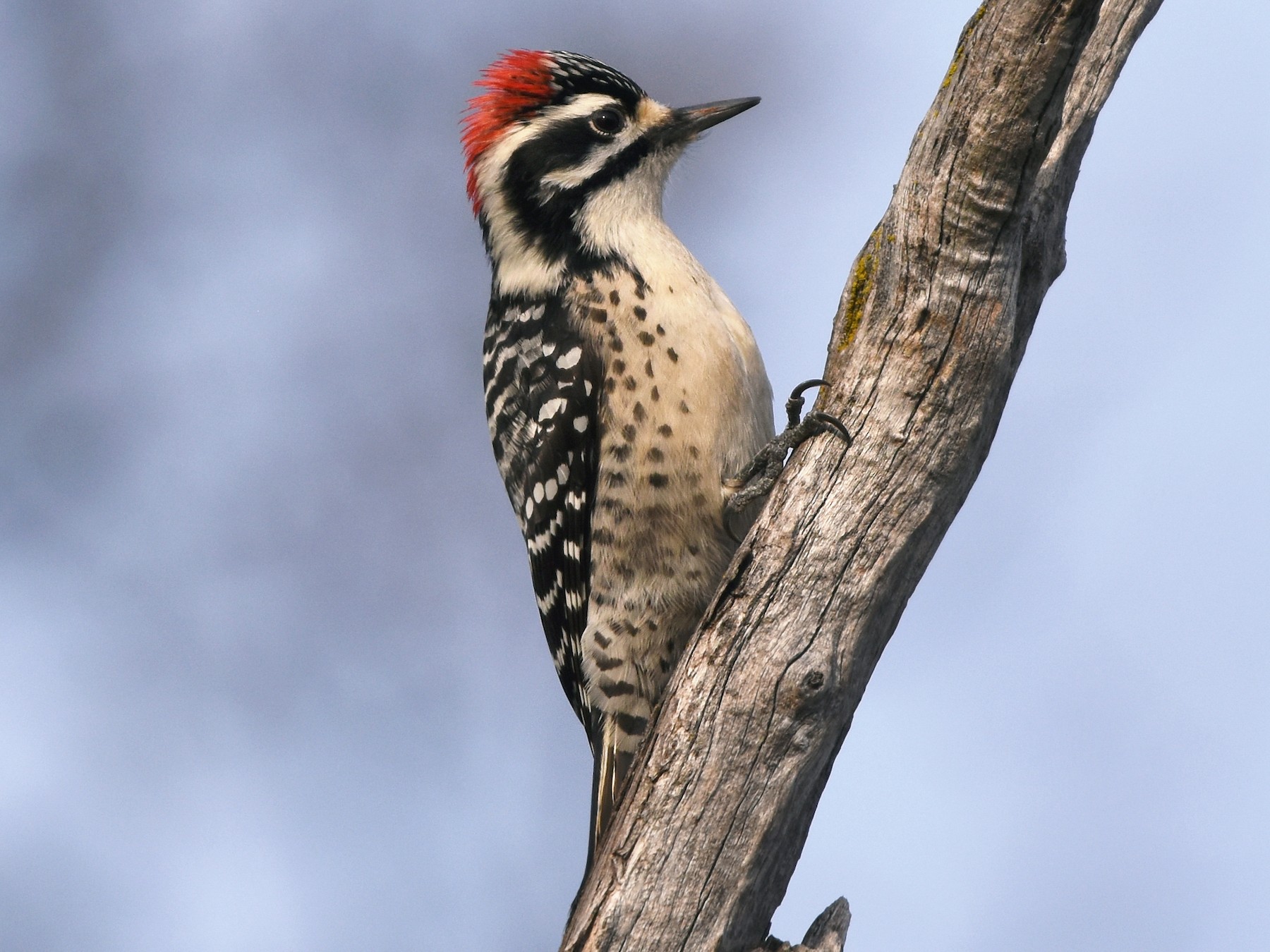Woodpeckers in Florida: Natural History, Ecology, and Conservation
Woodpeckers in Florida: Natural History, Ecology, and Conservation
Blog Article
Revealing the Tricks of Woodpeckers: Behavior, Habitat, and Extra
Woodpeckers, with their one-of-a-kind habits and specialized adjustments, have lengthy captivated scientists and nature fanatics alike. By uncovering the enigmas bordering woodpeckers' actions and environment choices, a deeper understanding of these avian marvels arises, offering a glimpse right into their interesting world.
Woodpecker Habits Insights
In analyzing woodpecker habits, a remarkable screen of specialized abilities and adjustments arises, shedding light on their amazing eco-friendly particular niche. Woodpeckers, recognized for their distinctive drumming on trees, have a variety of behavioral attributes that contribute to their survival and success in their environment.
Furthermore, woodpeckers exhibit an one-of-a-kind feeding behavior defined by their capability to extract pests from tree bark using their specialized beaks. Their lengthy, barbed tongues help in recording prey, while their solid neck muscle mass give stability and precision during pecking movements. This feeding strategy allows woodpeckers to gain access to covert insect larvae and remove them with remarkable effectiveness.
Environment Preferences and Selection
What aspects influence the habitat choices and option of woodpeckers? One vital element affecting woodpecker environment option is the availability of suitable nesting sites. Woodpeckers usually choose forests with a mix of fully grown trees that give adequate opportunities for tooth cavity excavation.
Additionally, woodpeckers show a preference for environments with a bountiful supply of food sources. They are mainly insectivorous, feeding on beetles, ants, larvae, and various other pests located in decaying timber or tree bark. For that reason, woodpeckers often tend to prefer wooded locations with a diverse insect populace to satisfy their dietary requirements.
Additionally, the existence of dead or rotting trees is one more crucial factor in woodpecker environment option. These trees not just give food resources however likewise offer ideal substrate for tooth cavity excavation. Dead trees are necessary for the maintenance of healthy woodpecker populaces, as they play an essential duty in the woodpeckers' life process and community dynamics.
Feeding Habits and Diet Plan Make-up
Woodpeckers demonstrate a specialized feeding behavior concentrated on foraging for insects within numerous environments. Their Full Article diet plan largely consists of pests such as beetles, ants, caterpillars, and crawlers, which they situate by tapping on tree bark and listening for the noise of activity inside. Woodpeckers use their strong beaks to drill right into the wood and their long, barbed tongues to extract victim from holes. In enhancement to insects, visit here woodpeckers likewise eat tree sap, fruits, nuts, and seeds, including variety to their diet regimen relying on the season and availability of food sources.
The foraging methods of woodpeckers are well-adapted to their arboreal way of living (Woodpeckers in Florida). Their ability to excavate timber not only offers them with food but also assists in creating nesting dental caries and establishing regions. Woodpeckers play a vital function in maintaining the health and wellness of forests by controlling insect populaces and helping in the disintegration of wood. Understanding their feeding behaviors and diet plan composition is necessary for conservation efforts aimed at preserving these special and important birds.
Drumming Sounds and Communication
Utilizing fast drumming sounds on different surfaces, woodpeckers use a distinct kind of communication to signify region boundaries and attract companions. This drumming habits is not just a means of interaction but additionally works as a means for woodpeckers to develop their existence within a particular location. The strength, speed, and pattern of the drumming can convey important details to other woodpeckers around.
Woodpeckers use drumming sounds to introduce their existence in a territory and to alert off possible trespassers. The loud and repeated nature of the drumming acts as a clear signal to other woodpeckers that the area is already asserted. This aids in reducing problems and lessening physical conflicts between individuals.

Survival Adaptations and Specialized Composition

Final Thought
In conclusion, woodpeckers show one-of-a-kind habits, such as drumming noises for communication, and have actually specialized makeup for survival in their picked habitats. Their feeding practices and diet regimen make-up better show their flexibility to numerous atmospheres. By understanding these facets of woodpeckers, researchers and preservationists can much better secure and preserve these remarkable birds and their communities.
Report this page